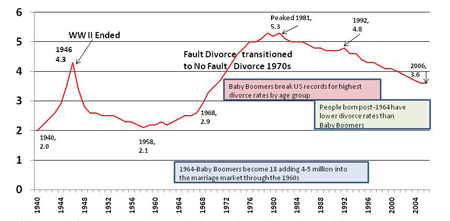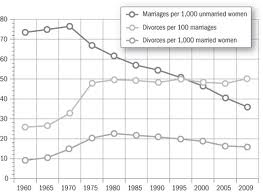 Yesterday, France legalized same-sex marriage, following Uruguay and New Zealand earlier this month. The Delaware house approved a bill doing the same and the Nevada senate passed a resolution repealing the state’s one-man-one-woman definition of marriage while recognizing all marriages regardless of gender. Rhode Island’s five Republican senators announced they would support same-sex marriage, making approval by the senate today — and thus the state — very likely.
Yesterday, France legalized same-sex marriage, following Uruguay and New Zealand earlier this month. The Delaware house approved a bill doing the same and the Nevada senate passed a resolution repealing the state’s one-man-one-woman definition of marriage while recognizing all marriages regardless of gender. Rhode Island’s five Republican senators announced they would support same-sex marriage, making approval by the senate today — and thus the state — very likely.
In other words, the SSM tide is rolling in. What are the poor Catholic bishops to do?
My friend the prolific NCR blogger Michael Sean Winters argues that they should throw in the towel, not because he supports SSM (he doesn’t), but because the marriage war was lost decades ago, when the bishops failed to stand in the way of no-fault divorce.
I can see why such an argument might be something of a balm for ecclesiastical potentates like Archbishop Vigneron of Detroit and Bishop Tobin of Providence, who can barely contain their apoplexy at this threat to civilization as they know it. After all, they weren’t bishops when the no-fault divorce laws went into effect.
Nevertheless, it’s a bad argument and one that teaches the wrong lesson.
 It’s a bad argument because no-fault divorce laws had nothing to do with the rise in divorce rates, which began their ascent in the late 1950s. Between 1970 and 1977, nine states adopted no-fault divorce. By 1983, all but two states had. Whereupon divorce rates began to decline.
It’s a bad argument because no-fault divorce laws had nothing to do with the rise in divorce rates, which began their ascent in the late 1950s. Between 1970 and 1977, nine states adopted no-fault divorce. By 1983, all but two states had. Whereupon divorce rates began to decline.
Now it’s true that marriage rates too had begun to decline — though again, well before no-fault divorce became nationwide. I suppose it could be argued that the redefinition of marriage via no-fault divorce contributed to a devaluation of the marital state, such that the decline of the divorce rate was merely an artifact of a smaller portion of the population getting married in the first place. But in fact the divorce rate per marriage has remained constant at 50 percent since the mid-1970s, when only a handful of states had no-fault divorce.
 If it was not the introduction of no-fault divorce that brought about the decline in the marriage rate, what did? Arguably, this had to do with changing sexual mores and the fact that women, liberated to join the workforce as professionals, found they didn’t need to get married in order to obtain a decent standard of living. No-fault divorce came about because an increased unwillingness of couples to endure abusive and loveless marriages had led to intolerable fakery to prove “fault” in a court of law. The bishops could not have held back the tide if they had wanted to.
If it was not the introduction of no-fault divorce that brought about the decline in the marriage rate, what did? Arguably, this had to do with changing sexual mores and the fact that women, liberated to join the workforce as professionals, found they didn’t need to get married in order to obtain a decent standard of living. No-fault divorce came about because an increased unwillingness of couples to endure abusive and loveless marriages had led to intolerable fakery to prove “fault” in a court of law. The bishops could not have held back the tide if they had wanted to.
The bad lesson taught by Winters’ faulty argument is that bishops need only stand against changes in social norms at the outset in order to keep them from happening. As if, for example, their staunch opposition to contraception after the 1930 papal encyclical Casti connubii had been effective.
Rather than resolving to fight their battles sooner, the bishops would be better advised to figure out how to adapt their teachings to the times — as they have often done in the past (e.g. on usury and religious liberty), or to devote themselves to persuading their own flocks of the wisdom of standing apart from the norms of the society in which they live.





